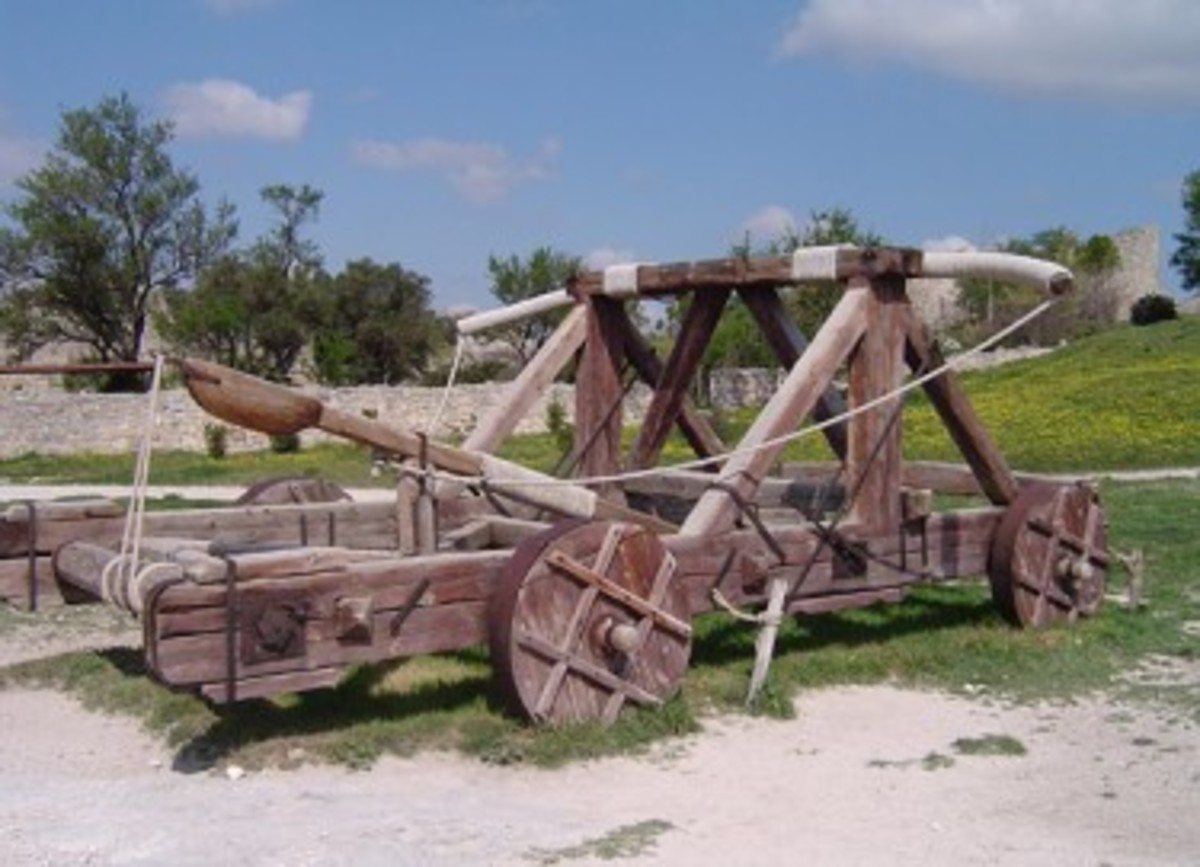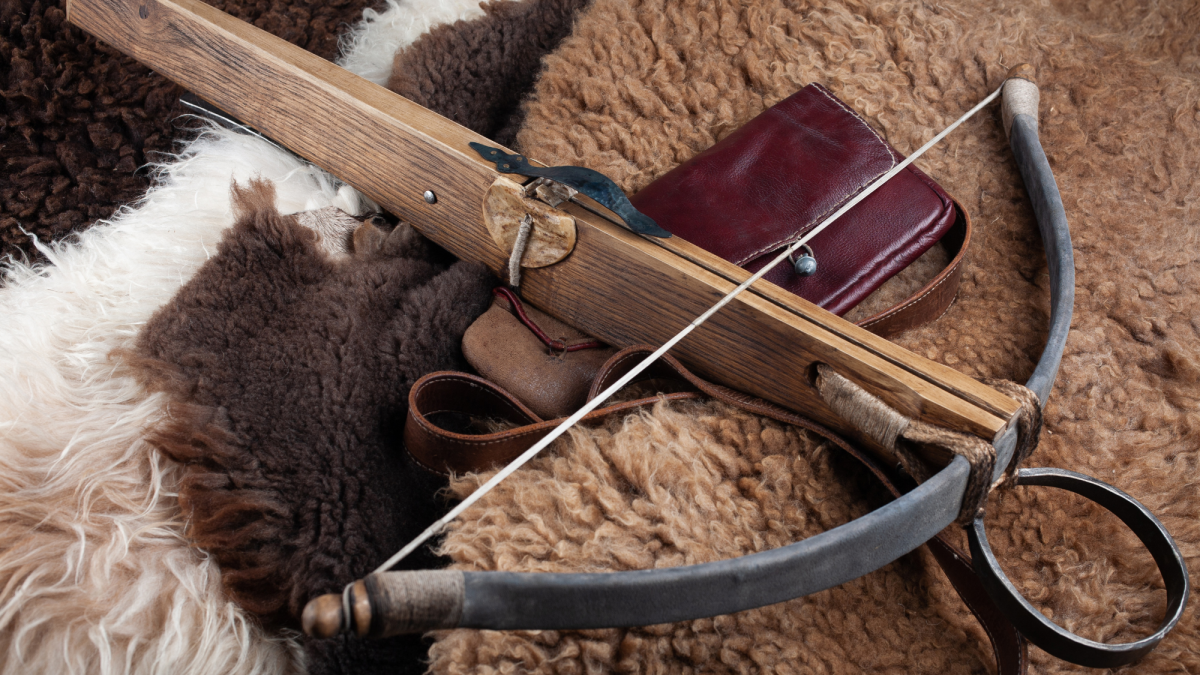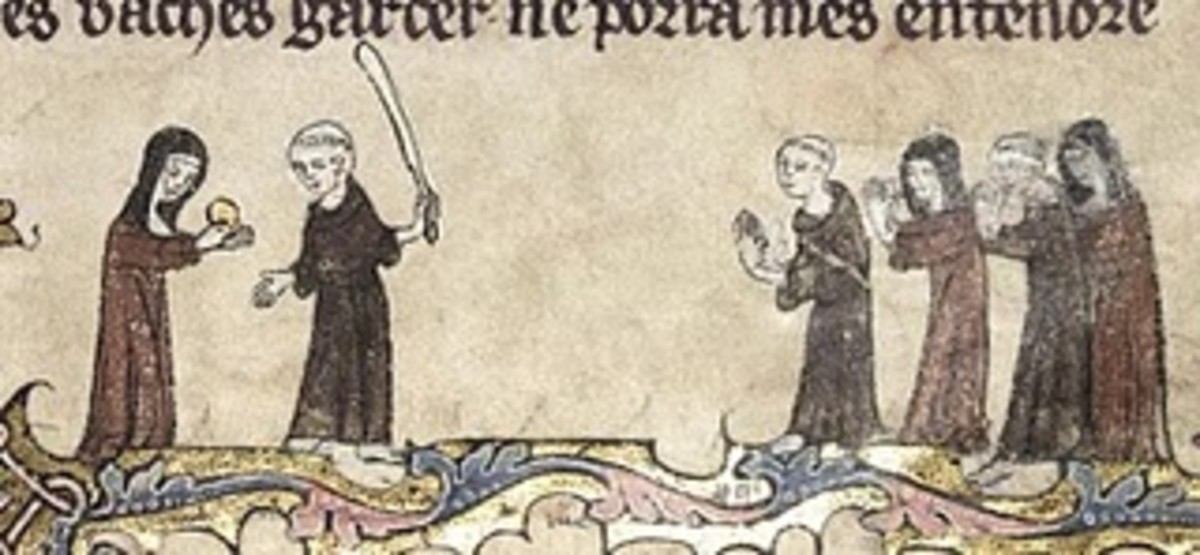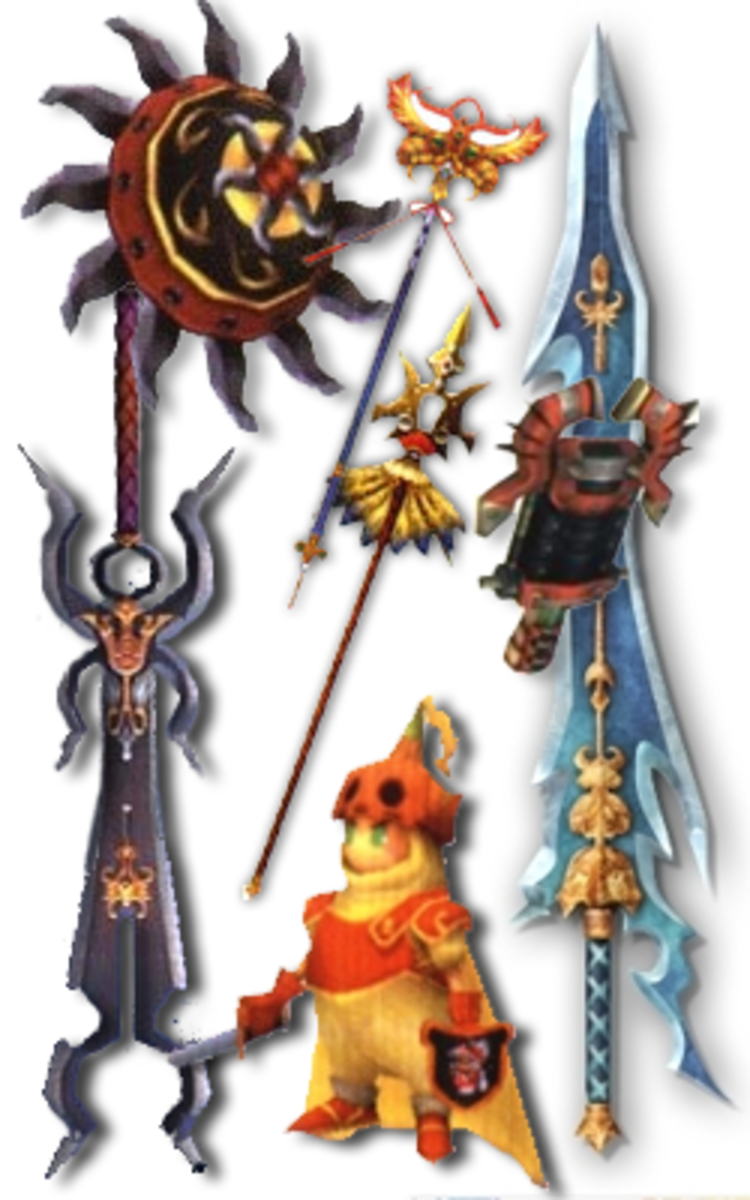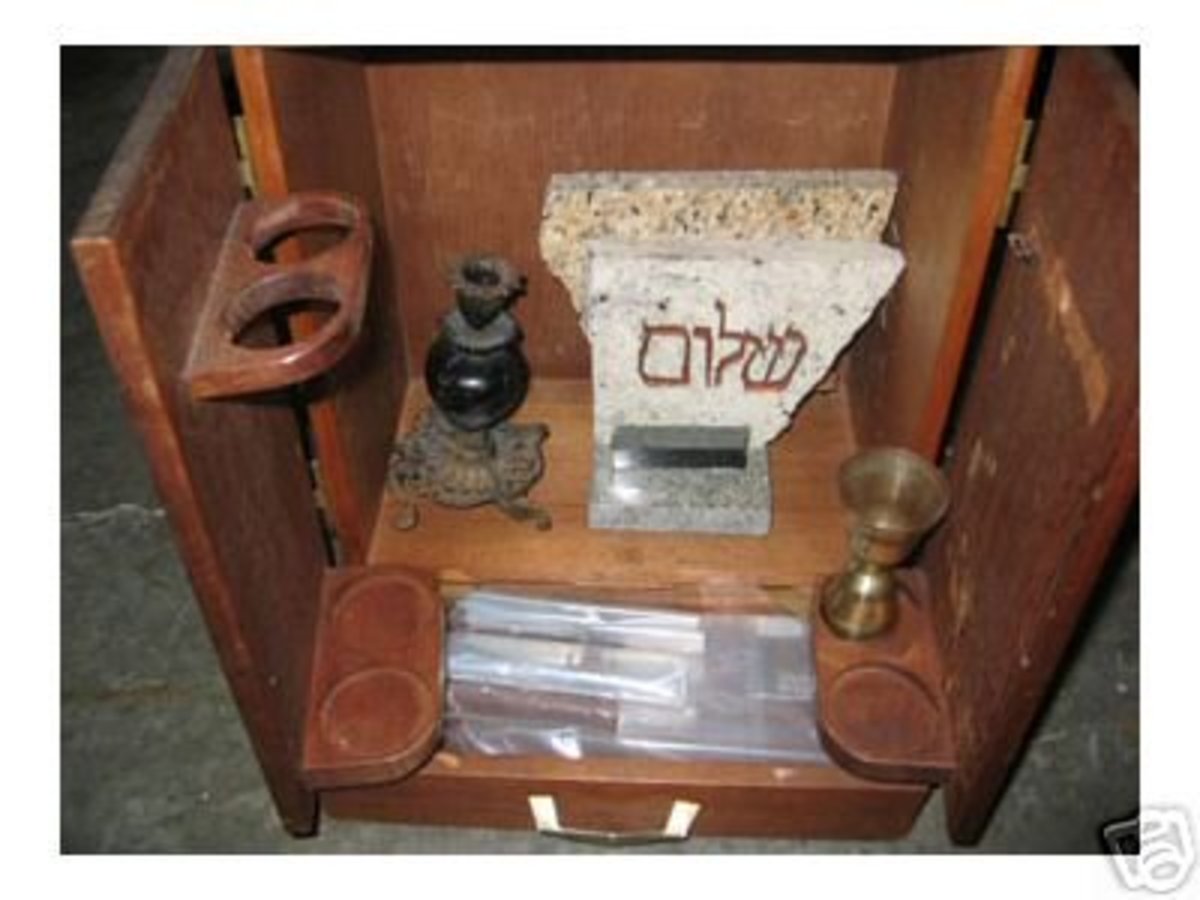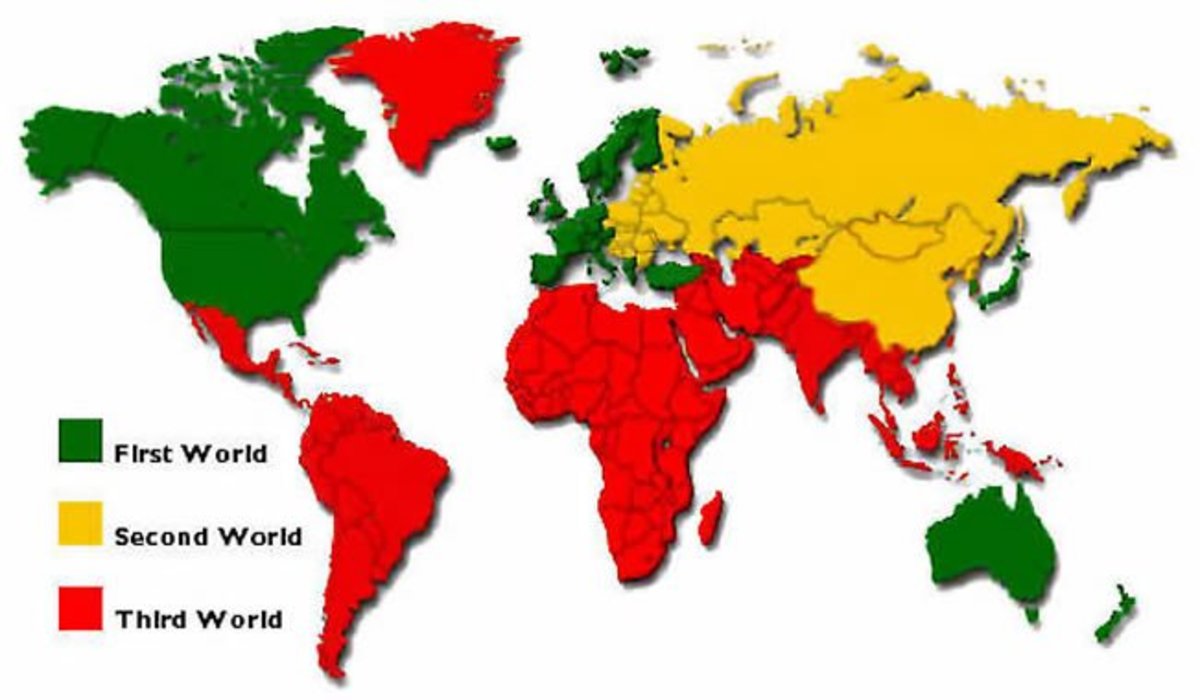Medieval Weapons
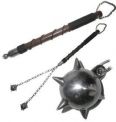
All About Medieval Weapons
Starting with the major Medieval siege weapons and moving through the other common weapons of that historical era. Eventually this page will be a large resource for everything involving Medieval Weapons. Whether you're into the classic swords of the European era, hard core weapons like the halberd designed to pull mounted riders off their horses, or the hard core historical accuracy of farmer's weapons turned deadly (thank you, Japan) - there is plenty here for you all. Enjoy this lens which will continue to have more information on Medieval weapons added over time or if you want a full resource check out this Illustrated Medieval Weapons Guide.
Scottish Medieval Weapons
Medieval Scottish weapons reflect the times
Scottish Medieval weapons varied from clan to clan, but there was a specific group of medieval weapons that seemed to appear regardless of the clan, whether lowlander or highlander.
Every nation in the Middle Ages had their specific weapons, and the Scots were no different. From the Schiltron Pike to the ever famous Scottish Claymore, the Scottish people had a wide variety of Scottish Medieval weapons that were the equivalent of any found anywhere else in Europe.
Replicas of these weapons remain among the most popular among collectors who want to buy medieval weapons. It is important to note, however, that in historical times common weapons like a cutting ax, a wooden pitchfork, scythe, wood staff, and dagger were much more common than seeing professionally made bows or the all famous claymore, which was generally reserved for nobles and Highlander clan chieftains.
Medieval Weapons Books from Amazon
There are plenty of amazing books about Medieval weapons and the Medieval time period. While it can be hard to find the best ones, this is a great selection on some of the best books from Amazon.





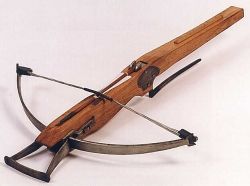
Looking at Medieval Crossbow Designs
Many different crossbows were used in medieval times
There seems to be a renewed interest in recent years with a hobby of creating your own crossbows. While making a homemade crossbow can be fun, it is always important to remember the crossbow is still a weapon and should be treated carefully and with respect. During medieval times the crossbow was one of the most feared weapons in war. It could pierce through the strongest armor, and did massive damage upon impact. In fact, the crossbow was so feared that the Pope made its use of illegal. Obviously not many armies decided to follow but this does show just how much of an impact this weapon could have on the battlefield.
Medieval crossbow designs vary greatly from one to another depending upon the exact time. Then the army that use them. For example, in some of the earliest medieval times but crossbow will be a fairly simple would and trigger designs and each crossbow men could reload their own weapon by using their feet and their body weight to pull the rope back in the place. The soldiers could fire 4 to 6 rounds per minute with relative ease. On the other hand, more advanced models towards the end of the era were metal and often involved intricate trigger devices, cranks, and require two people to load and fire. If you're looking to make your own homemade crossbow is obviously much easier to shoot one of the earlier designs for one of the later designs.
If you're looking for tutorials on building homemade crossbows, the good news is that there are times of them you can find online. These include both pictorial descriptions as well as video tutorials. Many people begin with the very basic and most simple designs and then move their way up to actual designs you may have found in medieval Europe. Whatever your decision, there are many great designs to choose from.
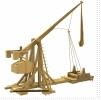
The Trebuchet: King of the Siege Weapons
Medieval trebuchets were the ultimate siege weapons
A trebuchet is a Medieval siege engine that was used to either smash castle walls or to throw projectiles over them. It is sometimes called a "counterweight trebuchet" in order to distinguish it from an earlier weapon that has come to be called the "traction trebuchet." The counter weight trebuchet is the one that most people think of when they imagine a trebuchet.
The counterweight trebuchet appeared in both Christian and Muslim lands around the Mediterranean in the 12th century. It could fling 300 pound projectiles at high speeds into enemy fortifications. This was usually stones of flaming pitch, but the Mongols introduced biological warfare by slinging the corpses of plague victims over the city walls.
Trebuchets were invented in China in about the 4th century BC, came to Europe in the 6th century AD, and did not become obsolete until the 16th century, well after the introduction of gunpowder. Trebuchets were far more accurate than other medieval catapults, and a good trebuchet design could infuse a military family with massive political power.
Some Great Middle Ages Video from YouTube
Part 1 of 9, welcome to a brief history of England, starting with Henry III.

The Secrets of Greek Fire
Greek Fire was the earliest naval napalm
Greek Fire, also known as Byzantine Fire, Greek Byzantine Fire, and Sea Fire, was a fearsome naval weapon mastered by the Greeks and the Byzantines during early Medieval times.
The Byzantines usually used it in naval battles to great effect, as their opponents ships couldn't escape it since the Greek fire would continue to burn, even on water. By what few surviving hstorical accounts we have left, Greek fire could continue burning even on water and was largely responsible for many Byzantine military victories, extending the life of the empire several centuries.
What is really interesting is that accounts have the fire being transmitted in streams of fire from enemey ships, like a flame thrower. The exact formula was a secret and remains a mystery to this day. Scientists can only guess as to what it was, and how it was shot in a flame thrower form.
There are varying accounts of where Greek fire came from, though many believe that it was invented in Constantinople by chemists who studied the early sciences. Accounts say putting water on the fire only spread it more widely.
While Greek fire gave the Byzantines a frightening weapon, they fell because they were surrounde on all sides, and eventually just ran out of population. This Greek fire was used against barbarians, Muslim invaders, and the Rus--not to mention he Venetians when the Fourth Crusade decided to sack Constantinople instead of continuing on.
The major down side was that Greek fire was very hard to control, and it would often accidentally set Byzantine ships ablaze, and an occasional accident could result in huge casaulties in their own armies.
The effectiveness of Greek fire was obvious, but even so it had its own limitations. For example, because of its short range it was far more effective as a weapon in narrow straights or canals than in the open seas.
From what we know, whatever the ingredients were, they were heated in a cauldron, and then pumped out of the ship in a fiery stream. Some degree of this was adapted for city use, and used in early "grenade" like form: terrifying calvalry and soldiers alike.
Great Short on Greek Fire
Kept the Byzantine Empire alive centuries longer than it otherwise would have lasted.
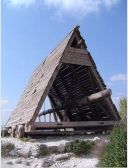
The Battering Ram
Medieval battering rams: simple, but efficient
Most of the early weapons and defenses were based on practicality. Someone throwing rocks? Pick up something to block, and there's a shield. Does an enemy pull a knife? A large knife gives more reach, and eventually leads to a sword.
The earliest siege weapon was well prior to Medieval times, but knowing history is the best way to trace everything. The initial siege weapon was a battering ram. While the earliest ones were simply large logs, as the city defenses improved, a battering ram changed to the point where the Medieval version looked a lot different than a log with handles.
The picture here is what a Medieval battering ram would look like, protected from burning oil and arrows, and set to use momentum to increase the impact and damage a single siege weapon can deliver. This also allowed soldiers protecton from arrows.
Medieval Movies and Games from Amazon
For all the Medieval fans of middle ages based video games and movies!




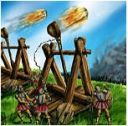
Catapult--the next evolution
A distance siege weapon
The catapult is another siege weapon that started well before Medieval times, but continued to see usage throughout that time period. These catapults were later replaced by much more complex versions known as trebuchets--which are still a form of a catapult, simply far more advanced and effective.
The idea of a catapult is simple: to throw an object through the air at a target. This object can be anything from a large pot of flammable oil (favored by the Romans) to plague infested bodies (favored by the Mongols) to giant stones to take down a wall (Europe). A catapult is a giant version of early projectile weapons, such as slings and sling shots.
The exact date of a catapult as a siege weapon is hard to figure out, though historians agree that it was used by the AD 300s. Phillp of Macedonia, father of Alexaner the Great, was known to have used various siege weapons, including the catapult.
Other siege weapons based on the basic principles of the catapult include ballistas, trebuchets, and mangonels. Trebuchets had the greatest range and effectiveness of all of these, and struck fear into opposing armies. The specific designs of trebuchets were closely guarded secrets.
In fact, there are stories of one German military family that remained nobles despite five changes in the kingdom leader, because their trebuchets were so effective that the new king wanted their assistance and would grant them life and title rather than risk losing their military advantage.
While the trebuchet is definitely advanced enough to warrant its own place, its evolution started with the common catapult.
It's really a trebuchet, but . . .
This is more of a trebuchet than a catapult, but it's a catapult launching a car, which makes it so darn cool...

Mangonels - the Trebuchet's Pre-Cursor
Between the catapult and the trebuchet
A mangonel is a type of catapult like siege weapon that was used in the Medieval period to throw projectiles. A mangonel was used specifically to throw projectiles at castle walls, and it threw projectiles at a low trajectory.
The mangonel was still slightly more accurate than the trebuchets that followed, but they had far less distance, and trebuchets could hurl oil, stones, fire, or diseased bodies over a city wall.
History shows that some armies would hurl giant bee hives over city walls, which made for a very unhappy population.
The mangonels were considered a stepping stone between catapults and trebuchets, and were also good for open field battles. The Romans were the earliest to use a specific mangonel-like design.
Medieval Books For Further Reading:
Books for learning about Medieval times, often misspelled and referred to as "Midevil times."




Looking for more Medieval History?
Making a list of links to find all the information you could ever want.
- Medieval Siege Weapons
A great page to learn even more about Medieval siege weapons. - Catapult plans
Have you ever wanted to build your own siege weapon? I know I have! - Trebuchets
Good site on the trebuchet, and how to build them. - Medieval Scottish Weapons Blog
A good blog focusing on Medieval Scottish Weapons. - Modern Renaissance Man
Blog with some interesting articles by a blogger with multiple interests. - Hobby Writing
Good blog that covers every type of writing, including making money writing for hobbies.
Medieval stuff on eBay
For the collectors



